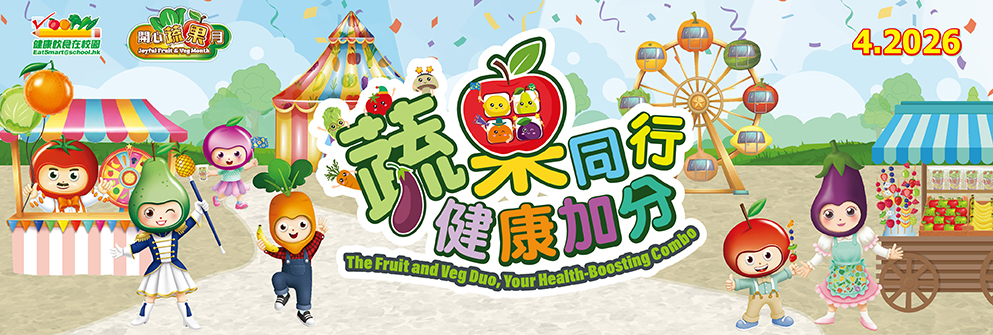Watermelon
|
Major Growing Areas
Watermelons originate in Africa and are now grown in China, the United States, Japan, Russia and Mexico, etc.
Varieties
Watermelons come in many varieties, which can be divided into seeded and seedless types. The flesh may be red or yellow. While watermelons are usually spherical and oval, they can be grown in different shapes such as cubes and hearts by artificial means.
Nutritional Values
Watermelons contain a lot of water and are therefore an excellent thirst-quencher that provides a cooling effect. They also contain β-carotene, vitamin C and lycopene.
|
|
Per 100 g (Approx. ½ bowl of diced watermelon) |
| Energy |
30 kcal |
| Sugar |
6.2 g |
| Dietary Fibre |
0.4 g |
| β-carotene |
303 μg |
| Vitamin C |
8.1 mg |
Buying Tips
It is advisable to buy watermelons that have clearly visible stripes on the rind. When choosing a watermelon, place it on one hand and give it a gentle tap with the other. If it gives a deep low sound, it means that the fruit is ripe and sweeter; however, if it gives a sound similar to striking a wooden fish, it means that the fruit is still unripe.
Interesting Titbits
Watermelons are the main ingredient of watermelon fruit bowl and many desserts. Do you know that both red and black melon seeds come from watermelons? It is just that the melon seeds are collected from watermelon varieties that contain more and bigger seeds, other than the ones we usually eat.
One Serving of Fruit is Approximately Equivalent to:
½ bowl of diced watermelon
Remark: One bowl = 250 – 300 ml
|
|
|
|
|

